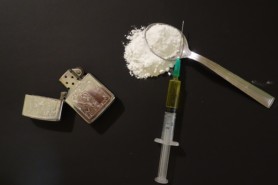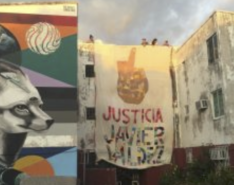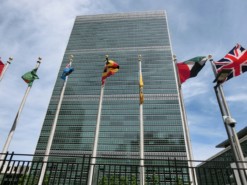Posted on 18 Oct 2018
Child trafficking is one of the most heinous crimes and a crime against human rights as criminals profit from the abuse of the weakest social category of all – vulnerable children. Globally, approximately 28% of identified victims of trafficking are children. In the EU, the trafficking and exploitation of underage victims occurs both at national level and across multiple Member States.
Criminal networks engaged in child trafficking in Europe comprise EU and non-EU criminals, targeting children suffering domestic, social and economic difficulties, children in migration as well as abandoned children. The members of these criminal networks are spread across multiple countries to organise the abuse of their minor victims and profit from their exploitation. Trafficking minors for sexual exploitation is very profitable, as criminals are aware that clients are ready to pay more for sexual encounters with minors than with adults.
This report is produced in the framework of the EU Policy Cycle for organised and serious international crime. The Justice and Home Affairs Council defined its priorities for 2018-2021 based on Europol’s Serious and Organised Crime Threat Assessment (SOCTA), released in March 2017. Trafficking in human beings (THB) is one of the identified crime priorities of the current EU Policy Cycle 2018-2021.
The aim is to disrupt organised crime groups (OCGs) involved in intra-EU human trafficking and human trafficking from the most prevalent external source countries for the purposes of labour exploitation and sexual exploitation, including those groups using legal business structures to facilitate or disguise their criminal activities.



